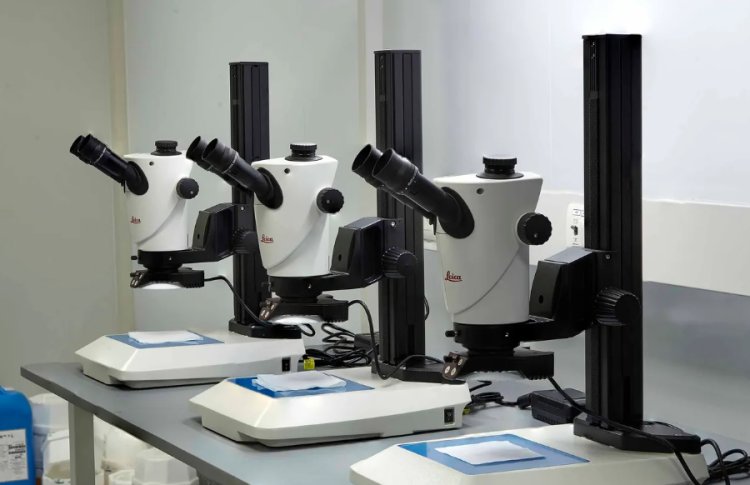Challenges & Solutions in Thin Film Optical Coating Production
Share this Post to earn Money ( Upto ₹100 per 1000 Views )
Thin Film Optical Coatings play a critical role in various high-tech applications, ranging from optical instruments and infrared sensors to consumer electronics and military devices. These coatings are designed to alter the way light interacts with the surface of an object, enhancing reflection, transmission, or absorption depending on the desired application. However, producing Thin Film Optical Coatings, particularly for specialized sectors like Infrared Optics Coatings, involves complex challenges that require innovative solutions.
One of the primary challenges in the production of Thin Film Optical Coatings is achieving high precision and uniformity. Coating uniformity is crucial for high-performance optical components, especially in applications like aerospace and defense where optical precision can significantly impact functionality and safety. Variations in thickness can lead to discrepancies in optical performance, which can degrade the quality of the entire optical system.

Another significant challenge is the selection of appropriate materials. Infrared Optics Coatings, for example, require materials that can perform well under the specific wavelengths of infrared light. These materials must not only possess appropriate optical properties but also withstand environmental factors such as temperature fluctuations and exposure to harsh conditions without degrading.
The process of depositing these coatings also poses challenges. Techniques such as sputtering, evaporation, and chemical vapor deposition need to be meticulously controlled to ensure the quality and durability of the coatings. Each method has its nuances and choosing the right one is crucial for achieving the desired optical properties and adherence to substrates.
Environmental sustainability is another concern. Many materials and processes used in the manufacturing of Thin Film Optical Coatings involve toxic chemicals or high energy consumption. Developing eco-friendly alternatives that do not compromise the performance of the coatings is a significant challenge facing the industry today.
To address these challenges, companies like HHV Advanced Technologies are leveraging advanced technologies and extensive research and development efforts. Their capabilities in Thin Film Optical Coatings are showcased through a variety of methods such as ion-assisted deposition and advanced monitoring techniques, which help improve the durability and performance of coatings. For Infrared Optics Coatings, they utilize specialized materials and deposition techniques to meet specific wavelength requirements and environmental resistances.
Solutions such as automated deposition processes, real-time monitoring systems, and the development of new eco-friendly materials are being implemented to improve the quality and sustainability of Thin Film Optical Coatings. The use of sophisticated software and modeling tools also assists in predicting the outcomes of various deposition parameters, leading to better control over the production process and higher quality final products.
In conclusion, while the production of Thin Film Optical Coatings and Infrared Optics Coatings is fraught with challenges, continuous advancements in technology and processes are paving the way for more efficient, precise, and sustainable solutions. The industry’s ability to innovate and adapt will be key to overcoming these obstacles and continuing to expand the applications of these essential technologies.
Contact Us
For more information, Visit: https://hhvadvancedtech.com/
Site No. 17, Phase 1, Peenya Industrial Area, Bengaluru – 560058, India
Phone: +91-80-66703700
Fax: +91-80-66703800
Email: infotfed@hhvadvancedtech.com
















